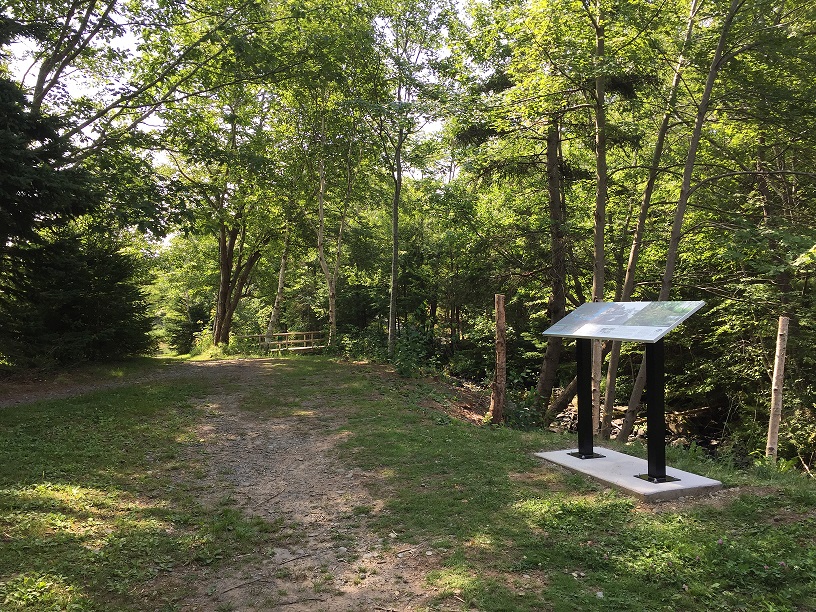The photo above shows the upper part of the inclined plane, running from the stream flowing from Lake Charles and heading towards Lake William.
Completed in 1858, the Portobello Inclined Plane was the first marine railway to be built as part of a canal in British North America. Along with the Dartmouth marine railway constructed two years later, it was one of two overland sections of the Shubenacadie Canal. Both systems used a similar design inspired by the Morris Canal in New Jersey.
The smaller of the two inclined planes, the Portobello marine railway carried vessels over a distance of approximately 600 feet horizontally, while lowering and raising them approximately 33 feet. It replaced two locks that had been partially finished in the 1820s, the remnants of which are still visible today.
The marine railway was operated by lock keeper Henry Findlay, who was responsible for the section of the canal between Halifax Harbour and Lake William. It ceased operations in the 1870s, along with the rest of the canal.
Unlike the Dartmouth marine railway, which has been extensively excavated and rebuilt, this site has been largely untouched since the 1870s. Interpretive panels have been installed to inform visitors about what once stood here and what may still lie buried underground. The inclined plane is also now heavily used as a portage route, with wooden docks now available at both ends of the path.
Robert Walsh Photographs
Below you are able to see the Portobello Inclined Plane through the lens of photographer Robert Walsh.

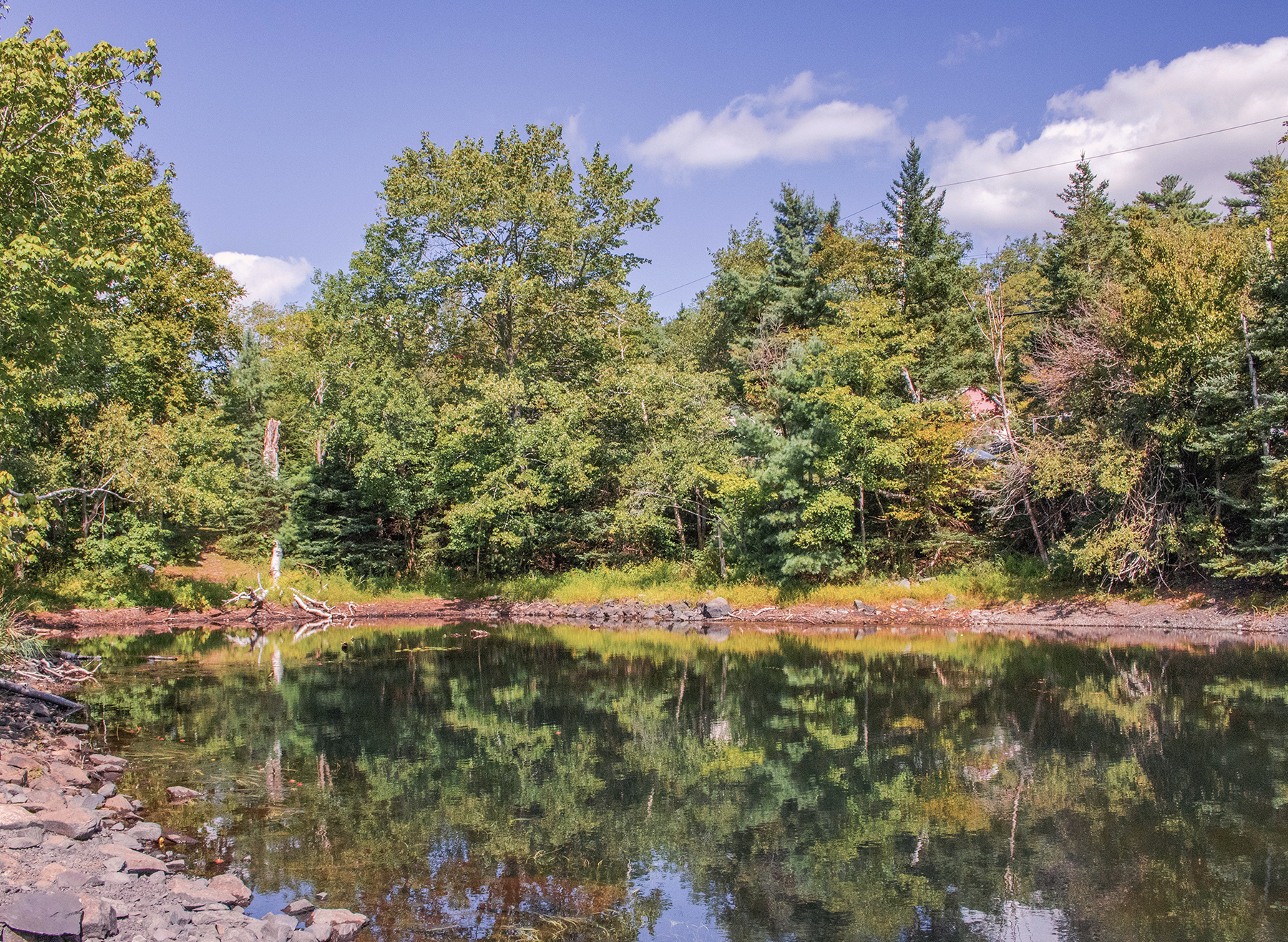
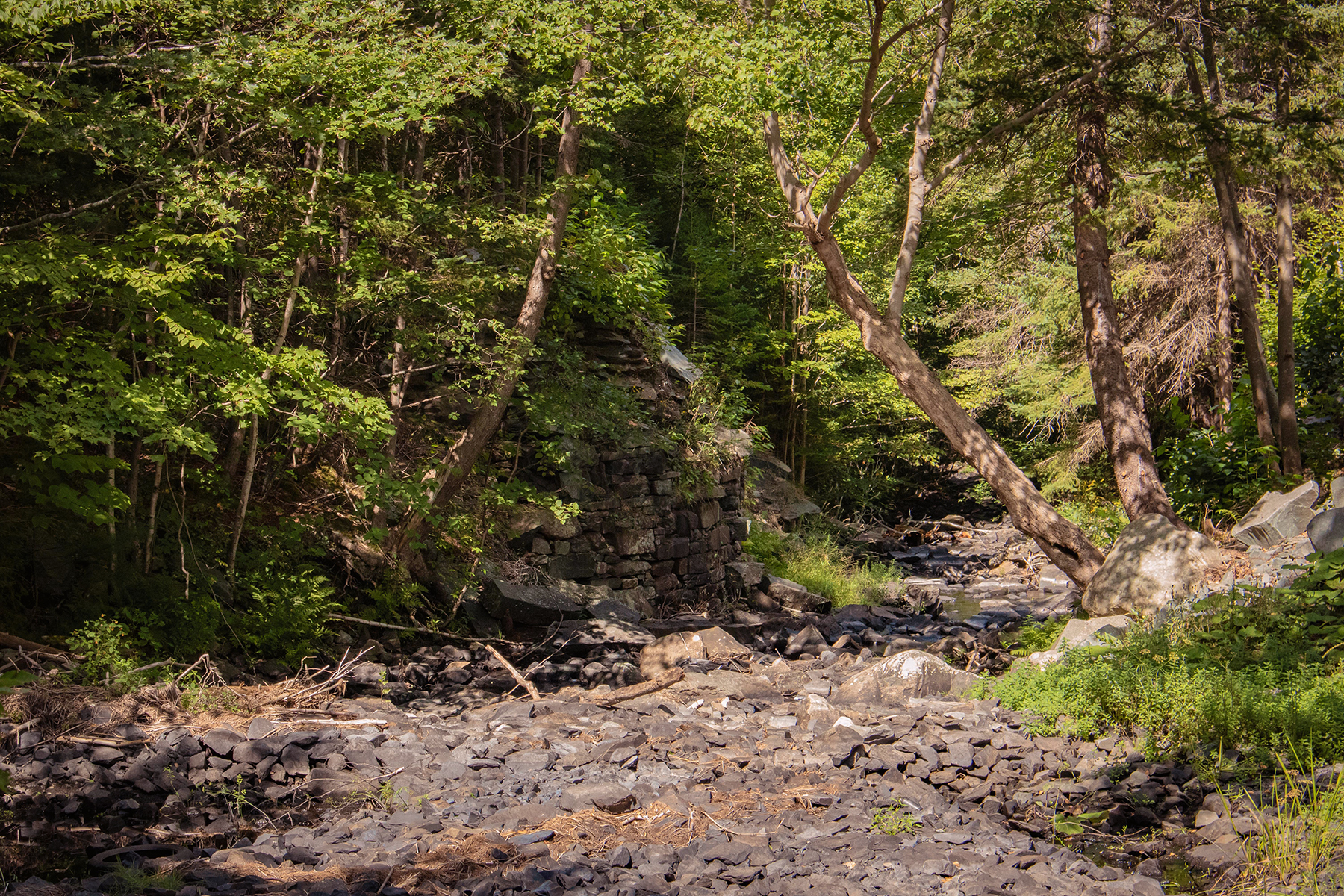
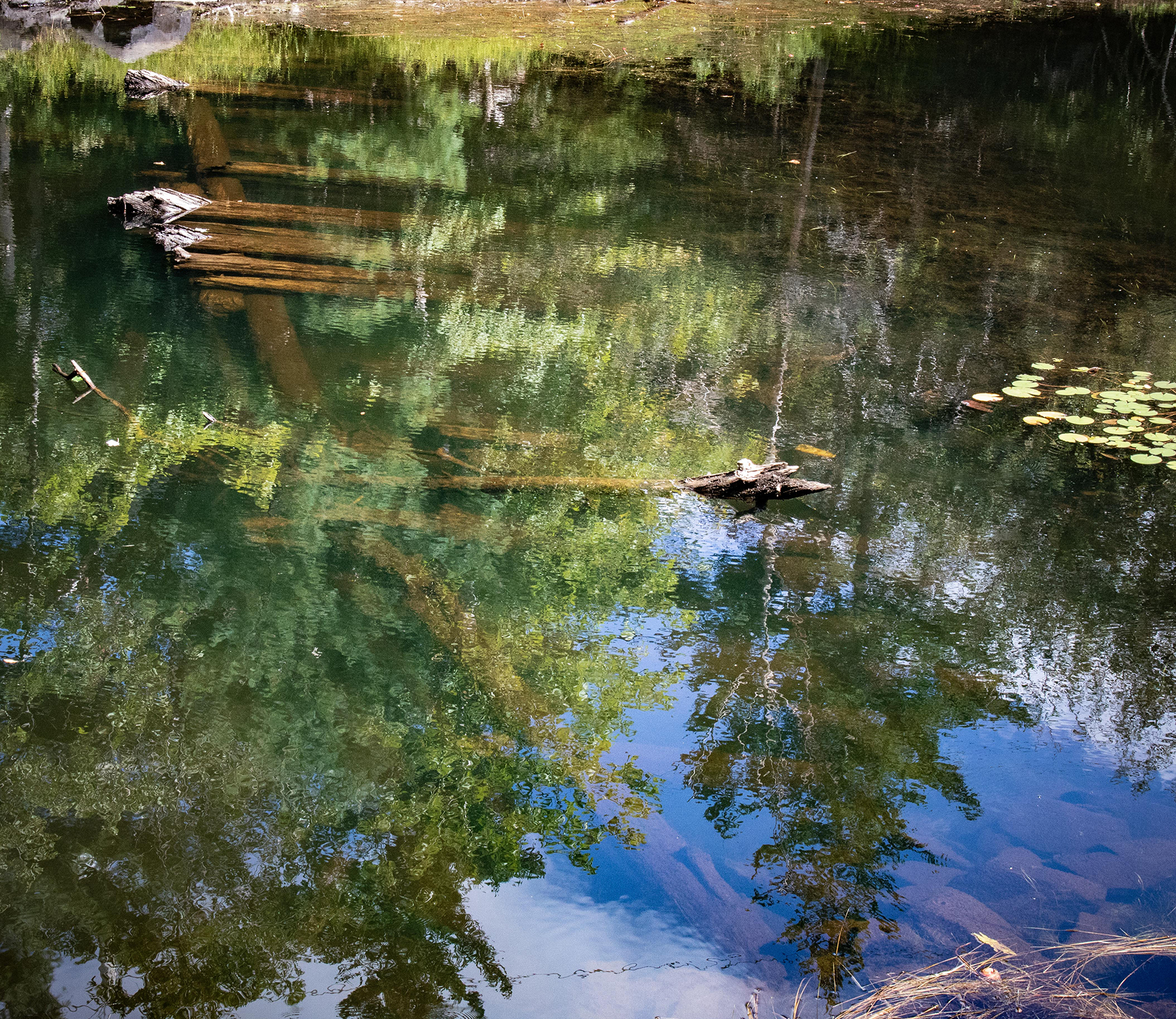



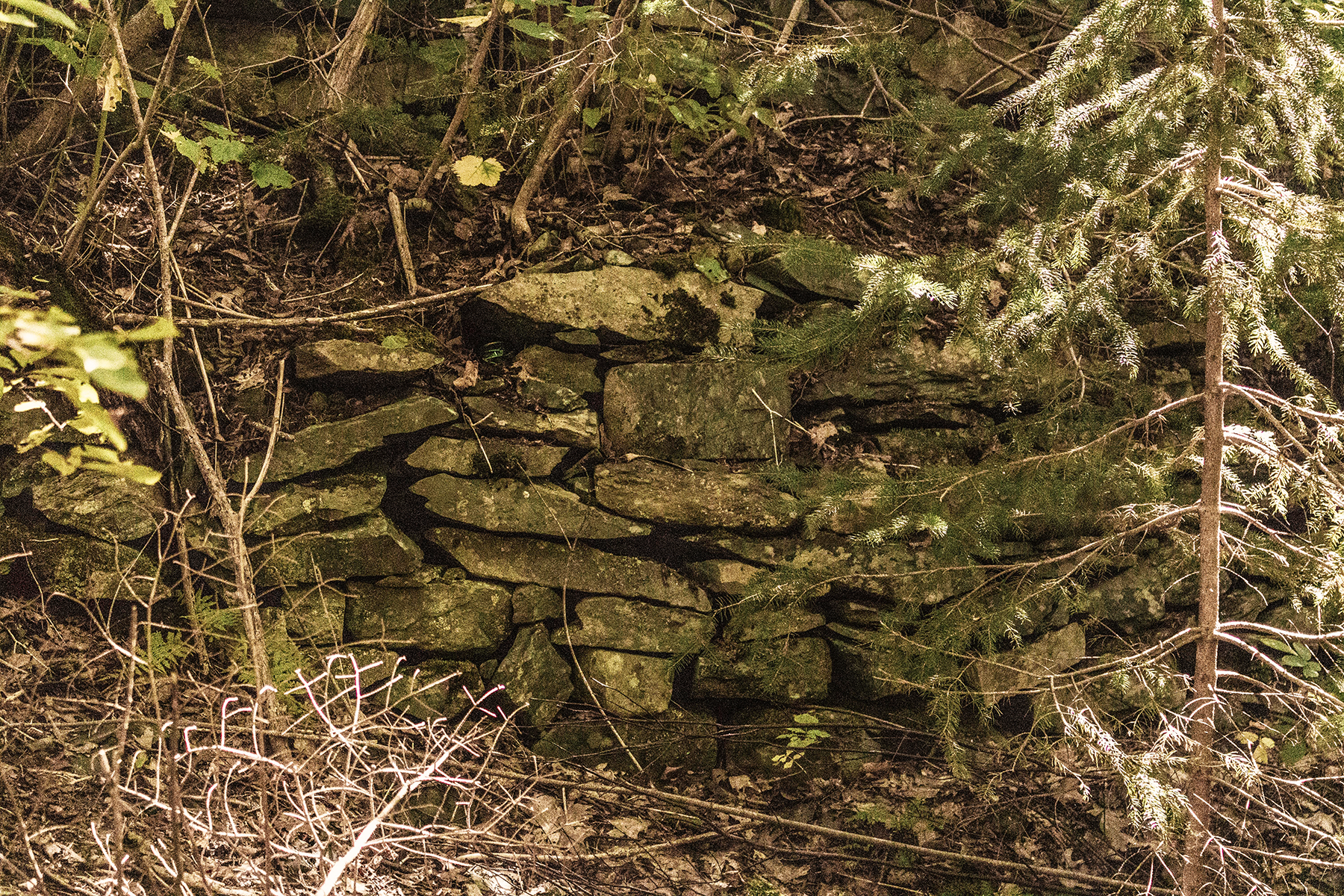
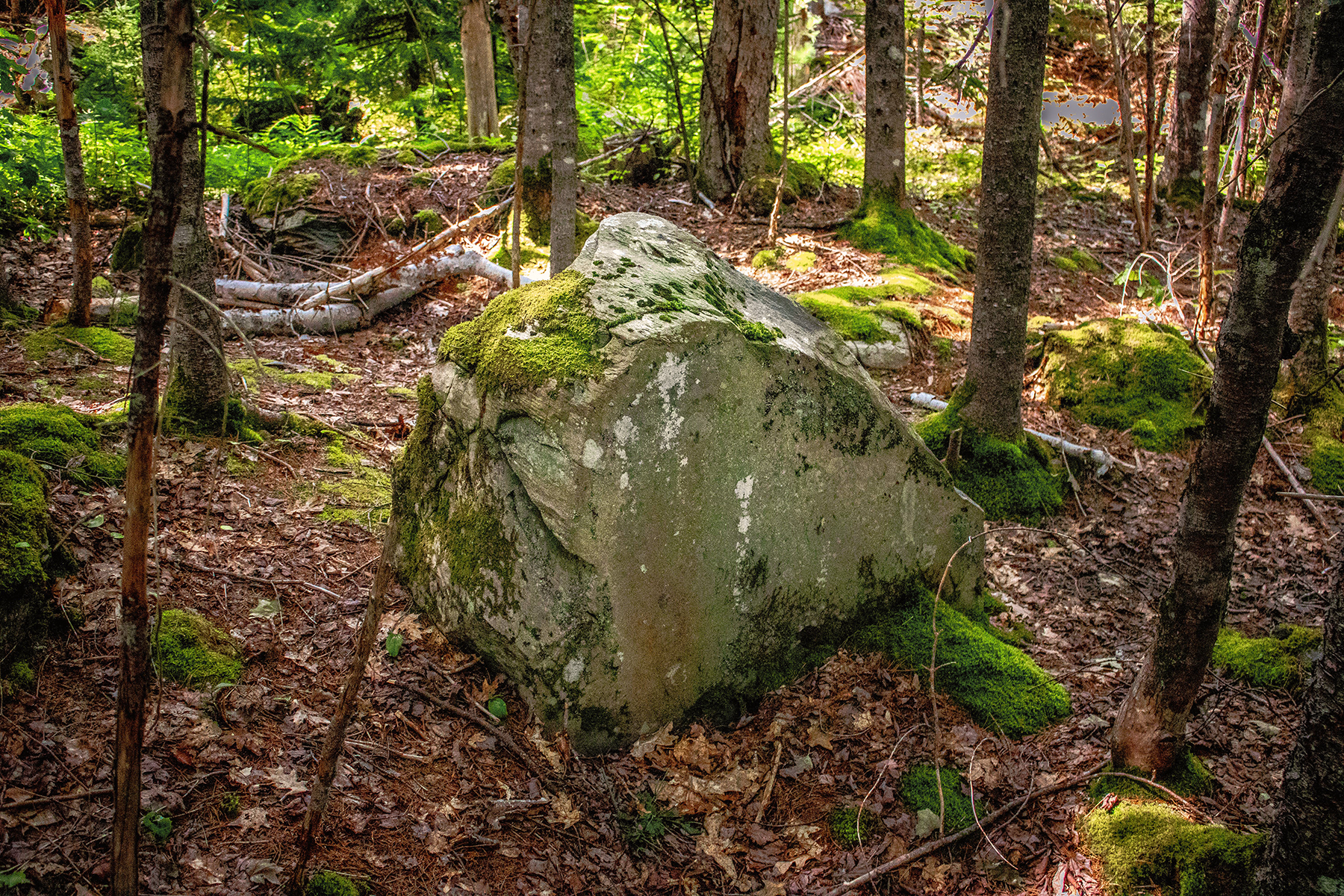
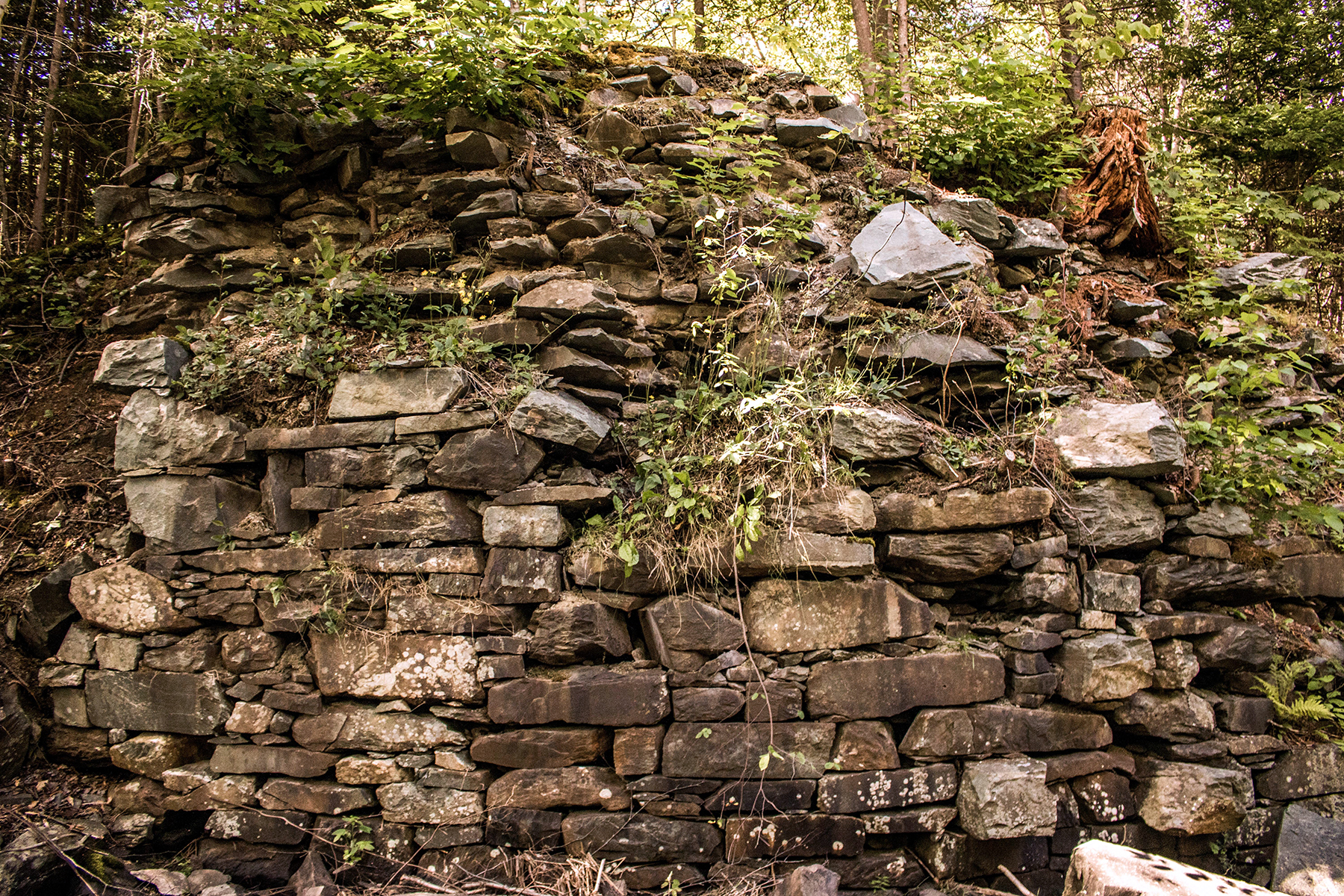
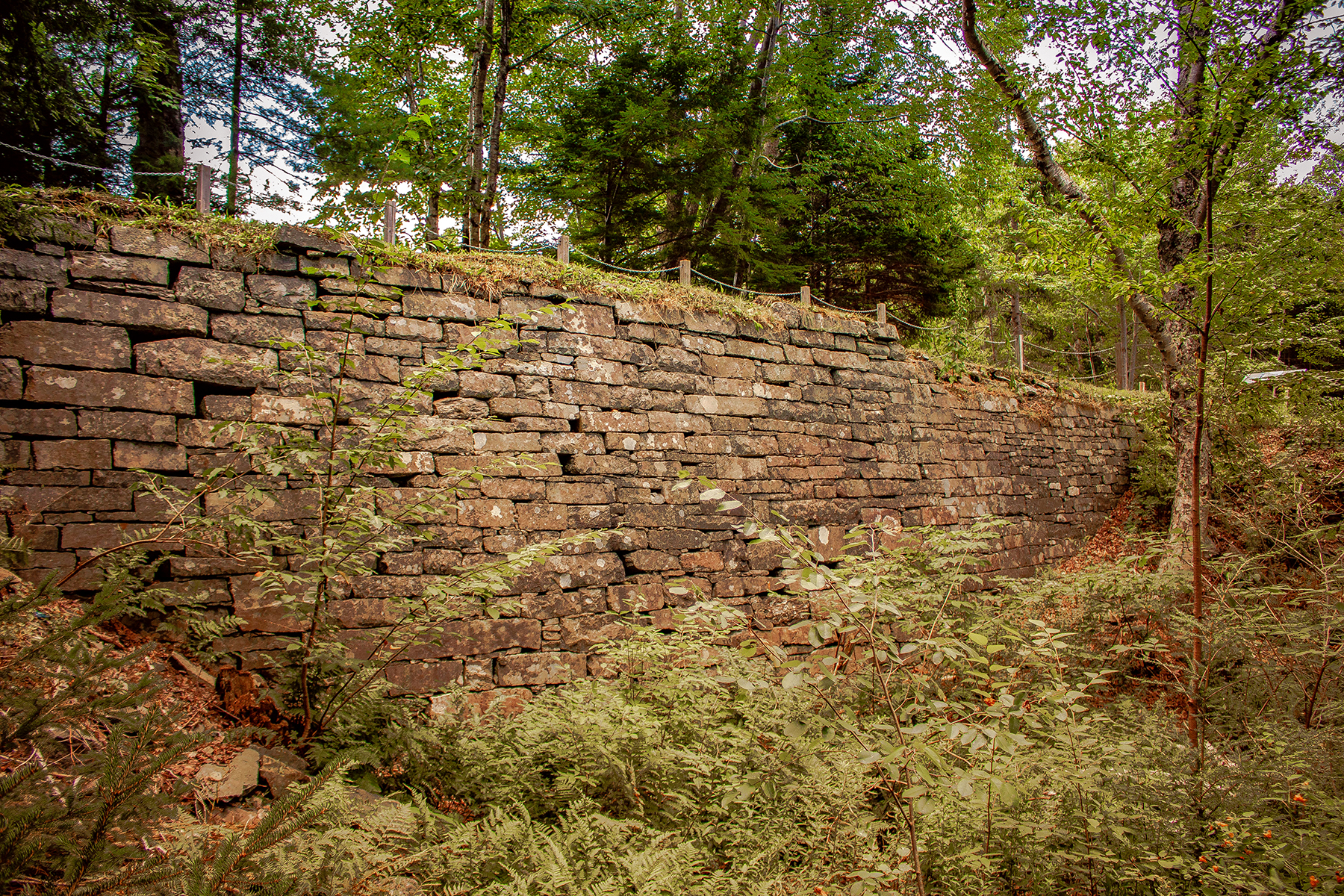
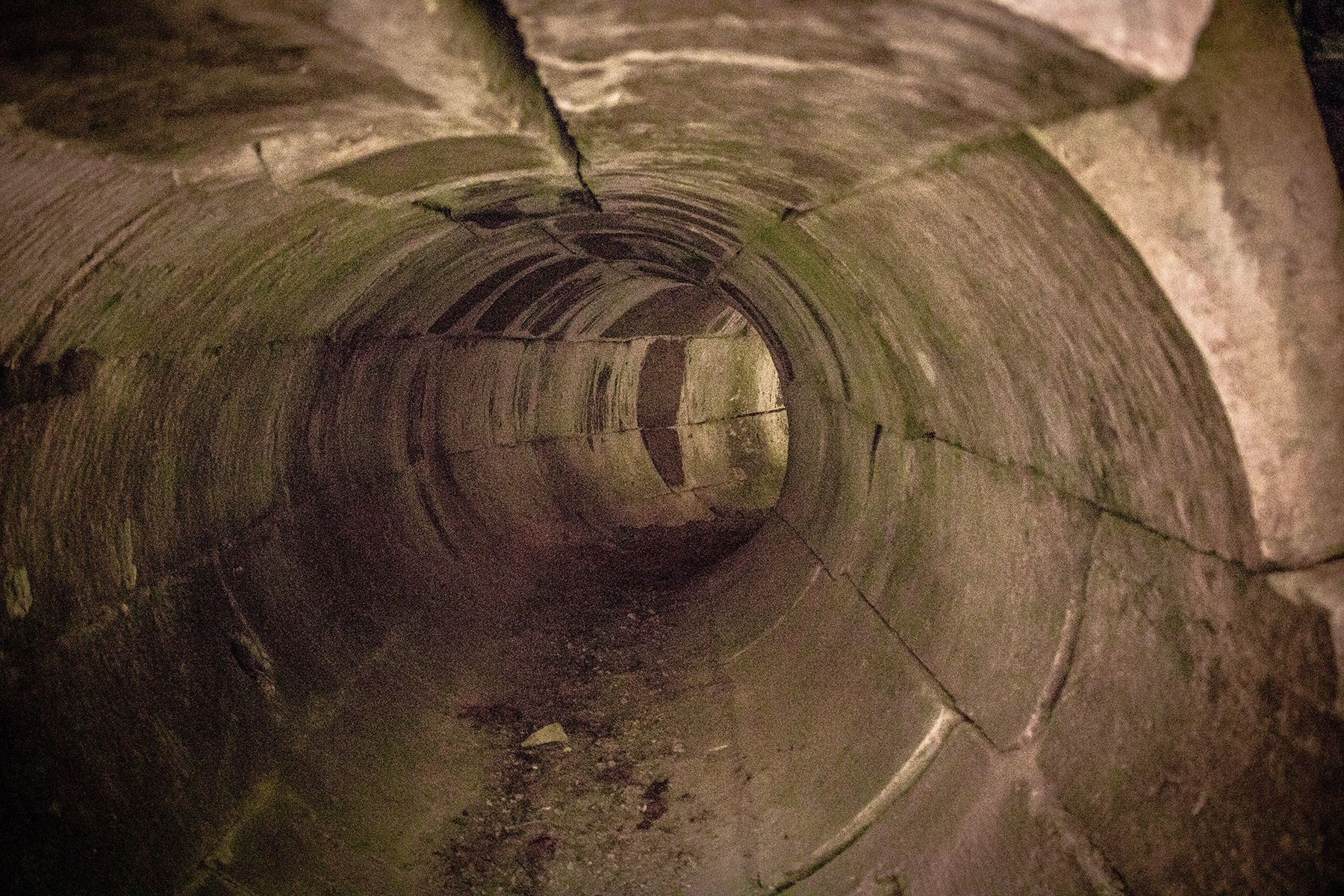
Aerial Photo: Ribbon of Water: The Shubenacadie Waterway from the Air - Portobello
Interpretive Panels

